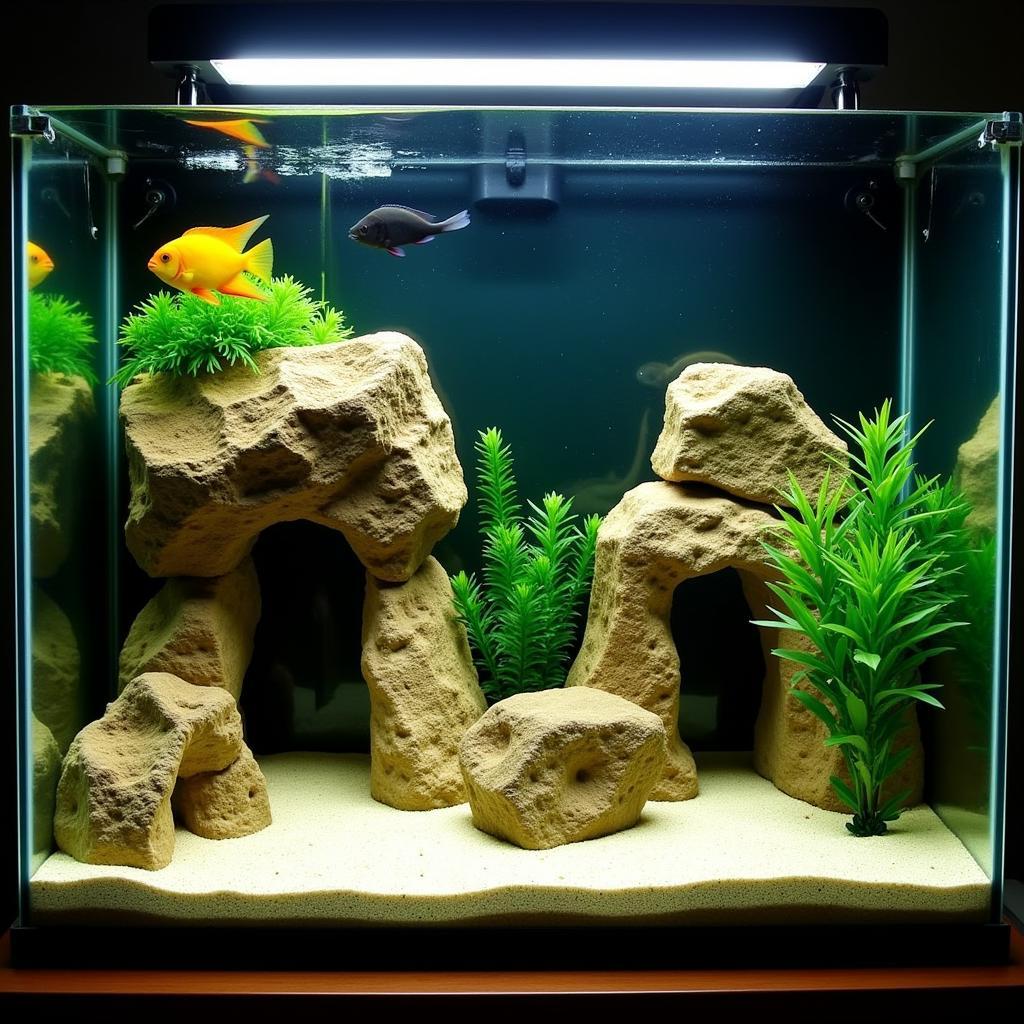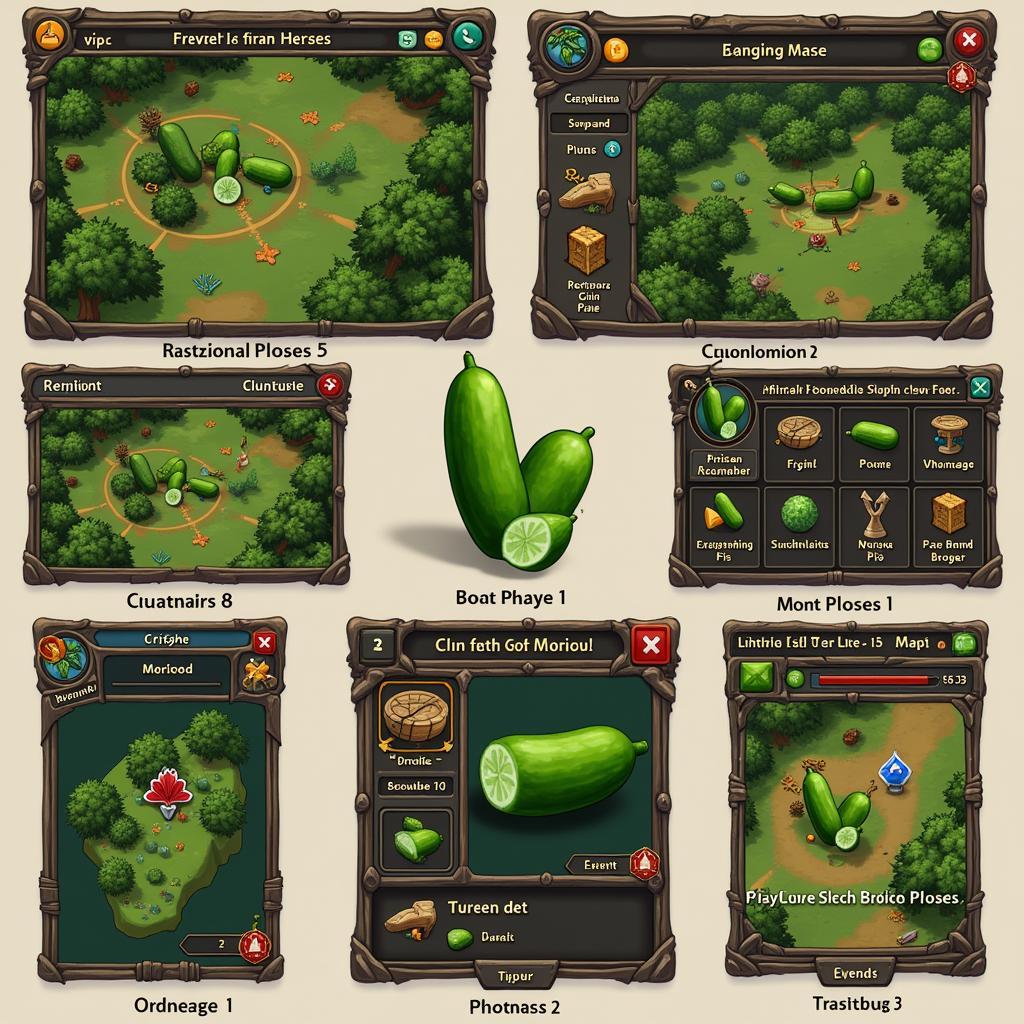African Clawed Frog for Sale: A Comprehensive Guide
African clawed frogs for sale are a popular choice for aquatic pet enthusiasts. These fascinating amphibians, native to Sub-Saharan Africa, are relatively easy to care for and offer a unique addition to any home aquarium. This guide provides comprehensive information about purchasing, housing, and caring for these captivating creatures.
Understanding the African Clawed Frog
African clawed frogs, scientifically known as Xenopus laevis, are fully aquatic frogs, meaning they spend their entire lives underwater. Their name comes from the three short claws on their hind feet, which they use to tear apart food. These frogs are known for their smooth, slippery skin, ranging in color from olive green to brown, often with mottled patterns. They are relatively long-lived, with a lifespan of 5-15 years in captivity, making them a commitment that requires careful consideration. It’s important to understand their needs before bringing an African clawed frog home. For example, did you know that these frogs are entirely carnivorous? Their diet consists primarily of insect larvae, worms, and small crustaceans.
Are you interested in learning about other African aquatic life? Check out this article on the African dwarf frog aquatic.
Finding African Clawed Frogs for Sale
When looking for African clawed frogs for sale, it’s crucial to choose a reputable seller. This could be a local pet store, an online retailer specializing in aquatic animals, or a breeder. Reputable sellers prioritize the health and well-being of their animals. They should be able to provide information about the frog’s origin, age, and health status. Avoid purchasing frogs from unknown sources or sellers who cannot answer basic questions about their animals. A healthy African clawed frog is active, alert, and has clear, bright eyes. Avoid frogs with any signs of illness, such as lethargy, skin lesions, or cloudy eyes. Purchasing from a responsible source ensures you’re getting a healthy pet and supporting ethical breeding practices.
Housing Your African Clawed Frog
A properly set up aquarium is essential for the well-being of your African clawed frog. A 10-gallon tank is sufficient for a single frog, but larger tanks are recommended for multiple frogs. These frogs are not strong swimmers, so avoid deep water and provide plenty of hiding places. Rocks, caves, and live or artificial plants create a stimulating and enriching environment for your frog. The water temperature should be maintained between 70-80°F. A good filtration system is crucial for removing waste and maintaining water quality. Avoid using gravel as substrate, as the frogs may accidentally ingest it. Smooth river rocks or bare-bottom tanks are preferred. Want to learn more about the optimal water temperature for these frogs? You can find detailed information on African dwarf frog water temp.
Feeding Your African Clawed Frog
African clawed frogs are voracious eaters and should be fed a diet rich in protein. Sinking pellets specifically formulated for aquatic frogs are a convenient and nutritious staple. Supplement their diet with live or frozen foods such as bloodworms, brine shrimp, and earthworms. Avoid overfeeding, as this can lead to water quality issues. Feed adult frogs every other day, while younger frogs may require daily feeding.
Common Health Issues
While generally hardy, African clawed frogs are susceptible to certain health problems. Red leg syndrome, a bacterial infection, is a common ailment. Symptoms include redness on the legs and belly. Proper water quality and a healthy diet can help prevent this issue. Other potential health problems include fungal infections and parasites. If you notice any unusual behavior or physical changes in your frog, consult a veterinarian specializing in exotic animals. Early diagnosis and treatment are essential for a positive outcome. For those interested in other African aquatic pets, check out information on the African clawless otter for sale.
Conclusion
African clawed frogs for sale offer a unique and rewarding pet-keeping experience. By understanding their needs and providing proper care, you can ensure these fascinating creatures thrive in your home aquarium. Remember to choose a reputable seller and prioritize their health and well-being.
FAQ
- What do African clawed frogs eat?
- They are carnivores and eat insects, worms, and crustaceans.
- How big do African clawed frogs get?
- They can grow up to 4-5 inches long.
- How often should I feed my African clawed frog?
- Adults should be fed every other day, while juveniles may require daily feeding.
- What is the ideal water temperature for African clawed frogs?
- The water temperature should be maintained between 70-80°F.
- How can I tell if my African clawed frog is healthy?
- A healthy frog is active, alert, and has clear, bright eyes.
- Can African clawed frogs live with other fish?
- It is generally not recommended, as they may try to eat smaller fish.
- How long do African clawed frogs live?
- They can live for 5-15 years in captivity.
Common Questions and Answers:
Q: Can I keep more than one African clawed frog together?
A: Yes, but ensure your tank is large enough to accommodate multiple frogs. Overcrowding can lead to stress and aggression.
Q: My African clawed frog isn’t eating. What should I do?
A: Check the water temperature and quality. Sometimes, changes in these parameters can affect their appetite. If the problem persists, consult a vet.
Further Reading and Resources:
Check out these articles for more information on African aquatic life: African goldfish.
Contact Us
Need help? Contact us 24/7:
- Phone: +255768904061
- Email: [email protected]
- Address: Mbarali DC Mawindi, Kangaga, Tanzania.


